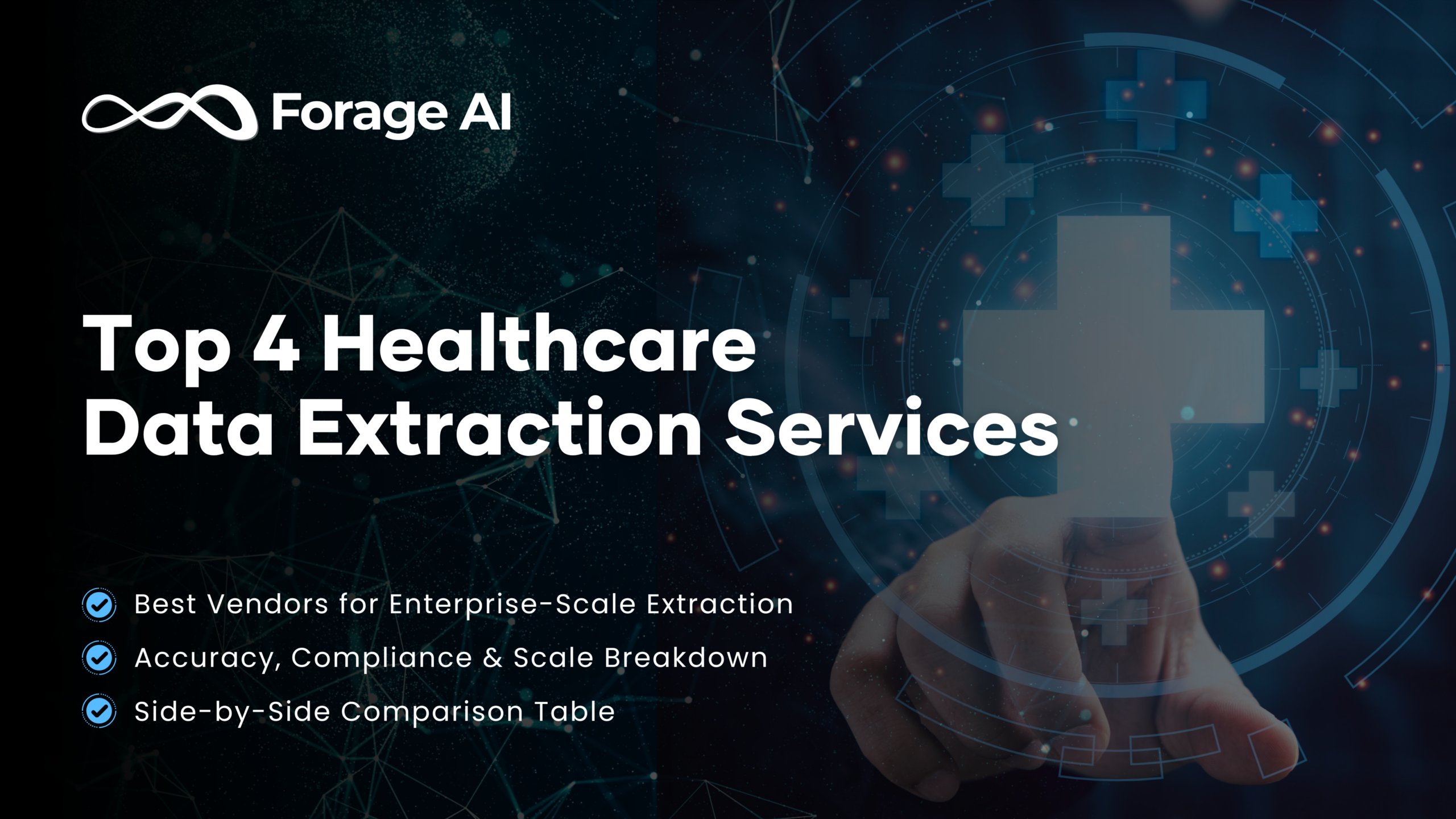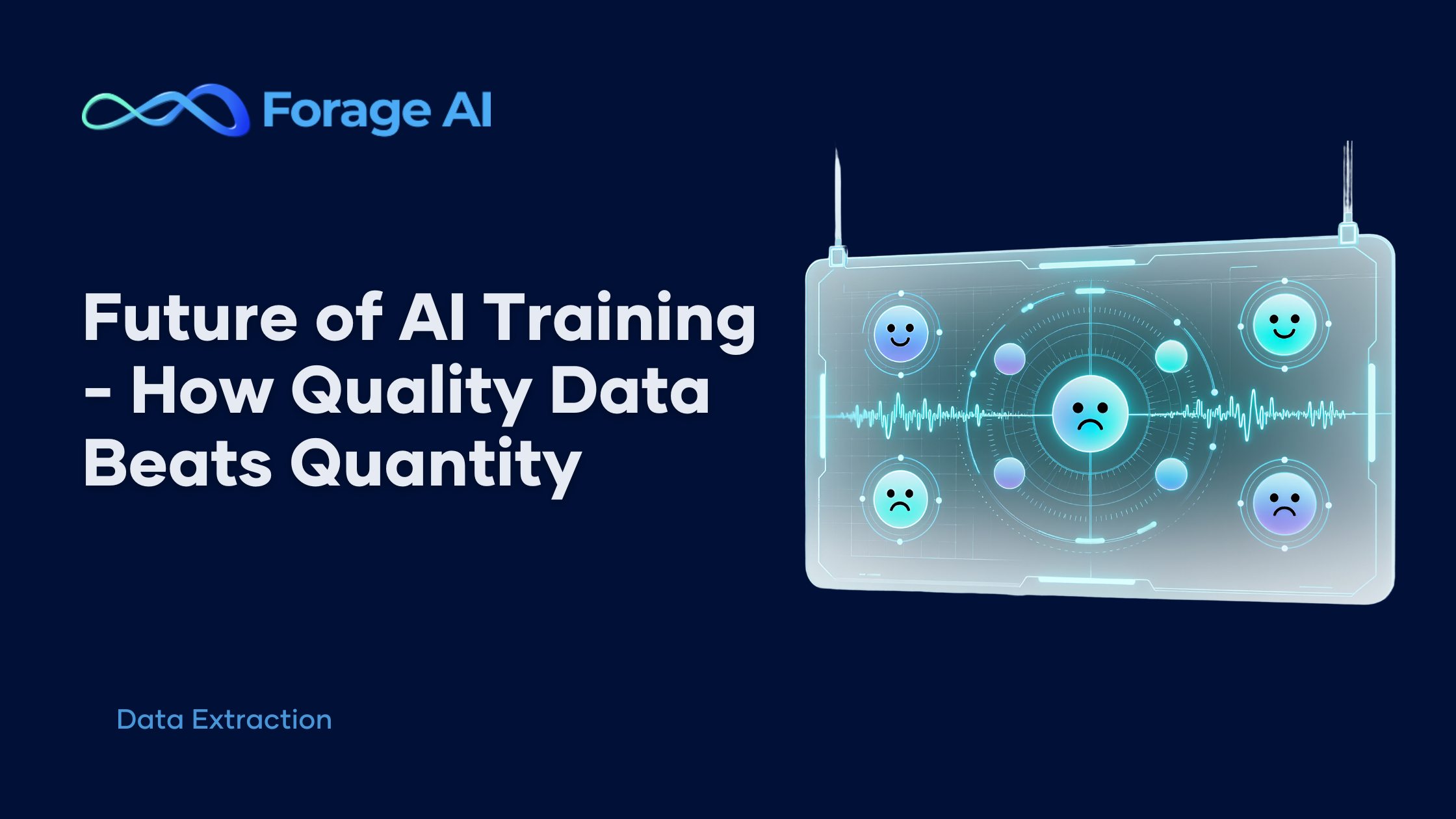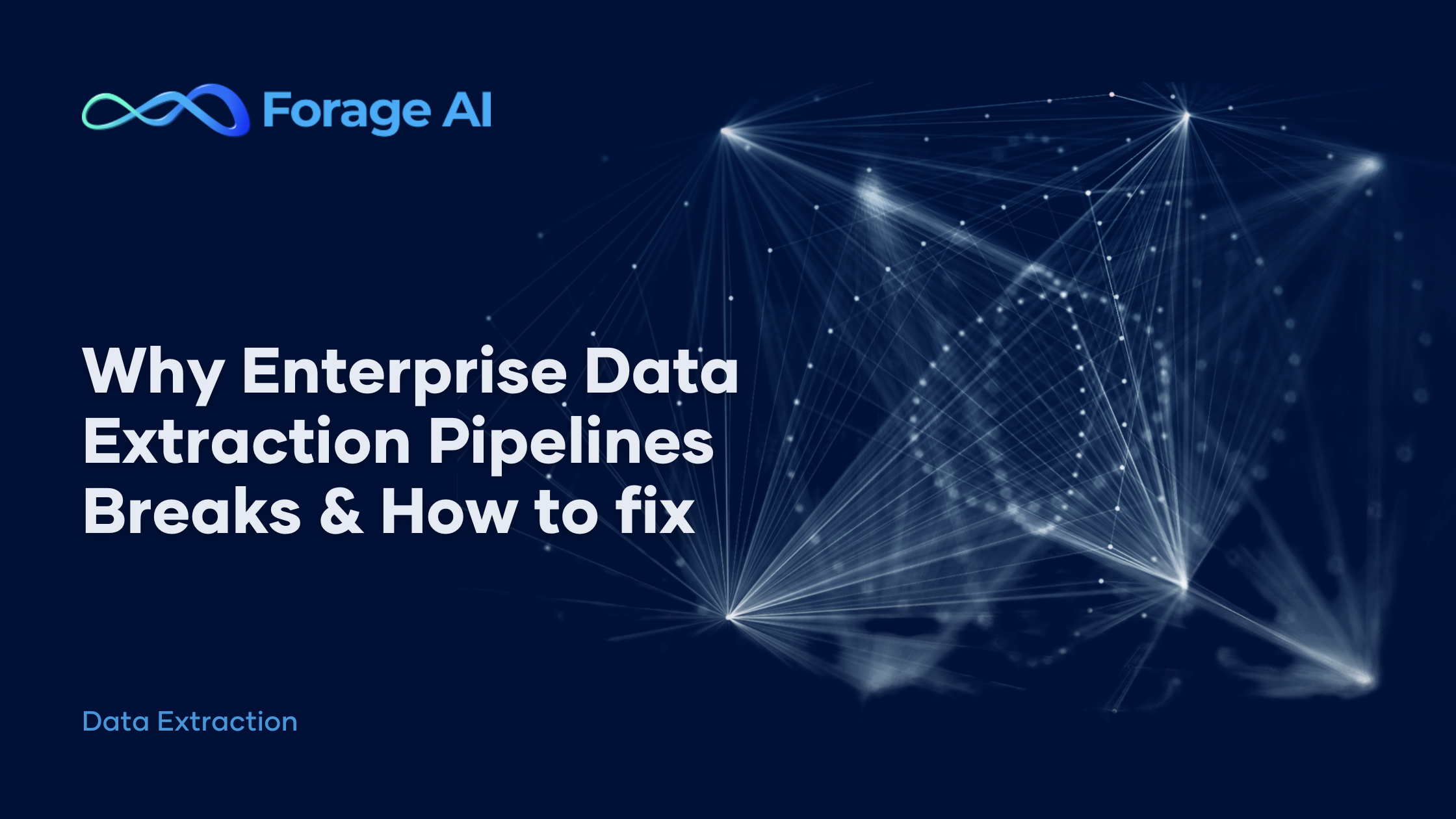Enterprise real estate investors can’t afford to wait for market reports. To outperform the competition, you need real estate data that is proprietary, timely, and actionable, ideally sourced from a reliable real estate data provider capable of processing thousands of sources faster than anyone else.
The difference between a strong IRR and an exceptional one hinges on identifying growth 12–24 months before the competition. That requires building a dependable real estate database and a robust framework to capture, clean, and interpret real-time signals.
How Real Estate Investors Use Web Data to Identify High-Growth Markets
Smart investors don’t just read news reports—they leverage web data for investors to anticipate high-growth markets before they’re obvious. Here’s how they do it:
1. Track Building Permits for Early Construction Signals
Data Source: Live feeds from county and city permitting portals.
Fields: Permit ID, Issue Date, Project Address, ZIP Code, Valuation, Project Type, Square Footage, Owner Name, Status. An automated system detected a 300% spike in commercial property data (electrical permits) in a specific Nashville ZIP code—signaling upcoming development.
Result: They bought land there early—more than a year before big public announcements—and avoided paying higher prices later.
The Advanced Analysis: By correlating this permit data with business formation figures, they created a Construction-to-Absorption Ratio, a powerful metric in construction data analytics. This revealed the market was still supply-constrained, justifying a larger investment and confirming they weren’t buying into an upcoming glut.
The Strategic Outcome: This validated, data-backed insight justified a larger, confident capital allocation to the investment committee, moving from a single land play to a broader portfolio strategy for the submarket.
2. Monitor New Business Registrations and Corporate Relocations
The Data Source: New business license applications from the Secretary of State websites and corporate relocation announcements.
Fields: Business Name, Registration Date, Business Address, NAICS Code (to classify industry type, e.g., 49 for Logistics), Officer Names, Number of Employees, Filing Type (New Formation, Address Change).
An investor’s alternative real estate data feed, tracking new business licenses and corporate address changes, identified a cluster of more than 10 tech companies and one large headquarters relocating to an office park near Raleigh, North Carolina by tracking changes in Business Address and new Filing Type.
Result: They started buying apartments nearby before new employees arrived—anticipating higher demand and rents.
The Advanced Analysis: They calculated the Population-Adjusted Job Growth, confirming that high-value employment was concentrating faster than the population was expanding. This allowed them to specifically target Class A properties in the most impacted submarkets, maximizing rent growth potential.
The Strategic Outcome: This intelligence, derived from advanced commercial real estate data, allowed them to precisely target Class A properties and new development sites in the most impacted submarkets, maximizing rent growth potential and avoiding less profitable, peripheral areas.
3. Detect Infrastructure & Zoning Changes Before They’re Announced
Data Source: City council meeting minutes, budget documents, and federal grant announcements.
Fields: Project Name, Description, Budget, Funding Source, Government Agency, Timeline (start/end date), Location (corridor, ZIP code), Vote Outcome, Zoning Code Change (e.g., from agricultural to mixed-use).
A customized monitoring system scanning municipal documents identified a $200 million government grant for a new freight route in Phoenix—buried deep within a capital improvements plan. This system automatically tracks and flags keywords from thousands of pages of city council minutes, budget reports, and federal grant databases.
Result: The investor quietly secured options on vacant land and outdated industrial properties near the planned route months before the project was publicly known and appraised into the value.
The Advanced Analysis: Using an Infrastructure Investment Multiplier model, they quantified the ripple effect, predicting that every public dollar would trigger $3+ in private development. This provided a data-backed thesis to acquire more land and justify a larger capital allocation to the investment committee.
The Strategic Outcome: This multiplier, powered by predictive real estate market intelligence, provided a powerful, data-backed thesis to acquire more land and justify a significantly larger capital allocation to the investment committee, transforming a tactical land buy into a strategic, multi-asset investment thesis.
How to Extract Real Estate Data for Market Intelligence
With AI-powered data extraction and normalization, Forage AI enables real estate firms to aggregate data from fragmented municipal, corporate, and zoning sources at scale. Instead of manually tracking scattered datasets, investors can rely on Forage AI’s managed infrastructure to maintain continuous, clean data pipelines across markets.
Now that we’ve explored what’s possible with the right real estate data, the next step is operationalizing it. Transforming raw public information into insights requires reliable data extraction services. Here is a proven framework for building a scalable data operation:
Step 1: Precisely Define Your Data Needs and Scope
Before writing a single line of code, clearly define the objective. What specific hypothesis are you testing? For example:
- Goal: “Identify investment opportunities in the state with the highest probability of industrial rent growth in the next 18 months.”
- Data Requirements: This scopes your project to target municipal permit portals (for new warehouse construction), Secretary of State business registries (for new logistics company filings), and transportation department sites (for infrastructure upgrades) in a specific geographic region.
Step 2: Identify and Catalog Source Websites
Map every potential data source. This is more than a simple list; it requires understanding the technical structure of each site.
- This multiplier, powered by predictive real estate market intelligence gathered from county assessor portals, city planning departments, Secretary of State databases, and transportation agency sites, provided a powerful, data-backed thesis to acquire more land and justify a significantly larger capital allocation, transforming a tactical land buy into a strategic, multi-asset investment thesis.
- Catalog Details: Note the update frequency, data format (APIs, HTML tables, PDF reports), and any access restrictions for each source, Does it require a login? Are there rate limits? Is there a paid subscription for full access?.
Step 3: Choose Your Extraction Method
This critical decision balances speed, scalability, and cost.
- In-House Development: Building and maintaining custom scrapers for dozens of unique websites, handling site changes, data cleaning, and storage requires significant ongoing engineering resources.
- Outsourcing to Data Partners: Partnering with experts (like Forage AI) an AI-powered real estate data provider, ensures clean, structured, and normalized data so your team can focus entirely on analysis and decision-making.
Forage AI’s real estate data extraction pipeline automates scraping, cleaning, and structuring property-related datasets — from permits and infrastructure reports to land transactions — ensuring faster time-to-insight and lower data maintenance overhead for enterprise teams.
Step 4: Integrate into your data pipeline
This final step is where data is transformed into actionable intelligence, seamlessly integrating into your team’s existing workflow.
- Automation: Set up automated pipelines that deliver structured real estate data analysis on a scheduled basis.
- Integration: Feed the data directly into your preferred analytics tools, dashboards, and investment models.
- Scale and optimize: Systematically add new data sources and geographic markets to your scope without a linear increase in effort or headcount.
By following this structured process, investors can move from ad-hoc data gathering to building a sustainable, scalable, competitive advantage powered by timely and accurate web data.
Why Real-Time Web Data Matters for Real Estate Investors
These examples show how web data transforms into actionable intelligence—enabling investors to:
- Anticipate supply/demand shifts.
- Target acquisitions with precision.
- Validate investment theses with commercial real estate data.
The competitive edge isn’t just having data—it’s building a reliable system. Firms that leverage alternative data for real estate don’t just compete—they lead.
Forage AI delivers enterprise-grade data extraction services and real estate market intelligence. With scalable automation, compliance frameworks, and AI-driven pipelines, we help investors transform raw data into insights that drive confident decisions.
The Forage AI Advantage in Real Estate Data Extraction
Forage AI specializes in enterprise-grade real estate web data extraction — combining adaptive crawlers, proxy rotation, and AI-driven validation to deliver accurate, actionable datasets. Our compliance-first framework ensures secure access to structured insights across complex municipal and government data sources.
Transform your real estate data operations with Forage AI.
From building permits to zoning data, Forage AI automates data collection, validation, and delivery — helping investors move from insight to action faster.
Talk to our experts to see how Forage AI can power your next investment thesis.





